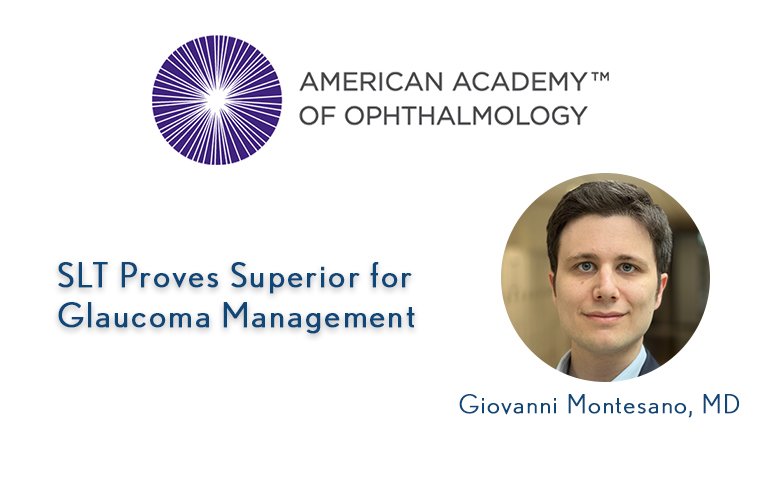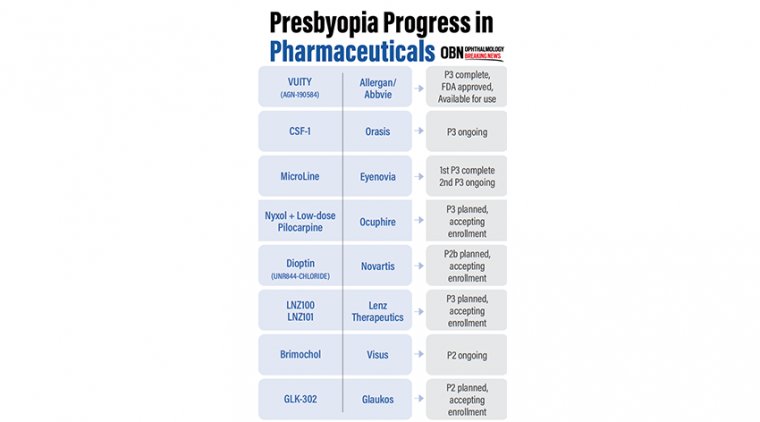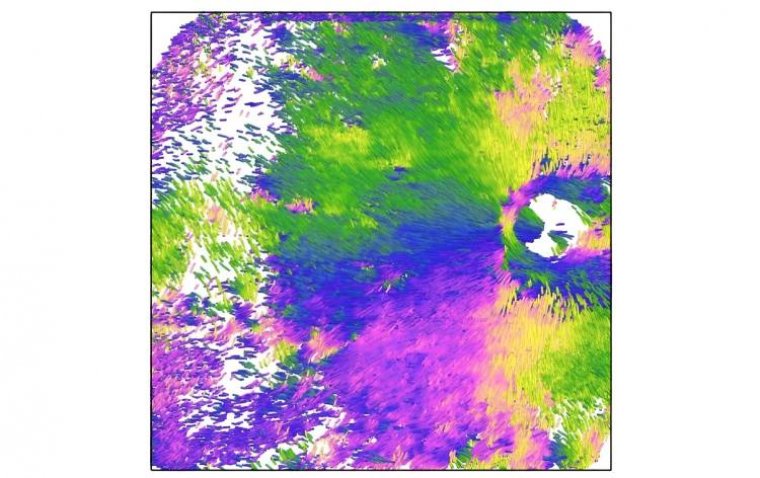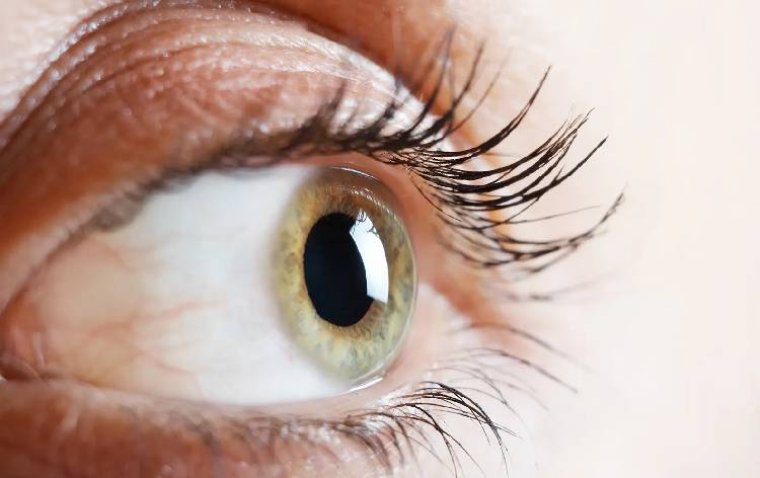
AAO 2024: LiGHT Trial Reveals SLT Outperforms Medications in Reducing Glaucoma Progression Over 6 Years
A recent retrospective analysis of the Laser in Glaucoma and Ocular Hypertension (LiGHT) trial data demonstrated that selective laser trabeculoplasty (SLT) as a first-line treatment significantly outperforms glaucoma medications in reducing the rate of visual field (VF) loss. This study, presented by Giovanni Montesano, MD, from the NIHR Biomedical Research Centre, Moorfields Eye Hospital NHS Foundation Trust, UCL Institute of Ophthalmology, and City, University of London, at the 2024 American Academy of Ophthalmology (AAO) annual meeting in Chicago, provides robust evidence in favor of SLT for patients with ocular hypertension and glaucoma.
A recent retrospective analysis of the trial data demonstrated that SLT as a first-line treatment significantly outperforms glaucoma medications in reducing the rate of visual field (VF) loss.
LiGHT Trial Findings on VF Progression
The LiGHT trial, along with the HORIZON trial, previously indicated that visual field progression can occur at varying rates despite treatment aiming to achieve the same target intraocular pressure (IOP). Montesano and his research team delved deeper into this phenomenon by developing a new method to better assess the distribution of VF progression rates.
This analysis focused on evaluating the 6-year rate of true VF progression in patients with open-angle glaucoma or ocular hypertension who received either SLT or topical medication as the first line of treatment. The study involved eyes with more positive mean deviations, with a minimum of three reliable VF tests per patient, monitored over a six-year period.
Statistical Analysis of VF Progression Rates
The research team utilized a Bayesian hierarchical model to compare the mean rate of MD loss between the two treatments. This model allowed for differentiation between true progression rates and perimetric noise, reducing potential bias and learning effects in VF testing.
Study Results
A total of 710 eyes were included in the study, with 354 eyes receiving SLT as the initial treatment and the remaining treated with topical medications. On average, each eye underwent 12 ± 4 VF tests during the follow-up period.
The baseline mean deviations (MD) were nearly identical between the two groups: −2.15 ± 2.69 decibels (dB) in the SLT group and −2.13 ± 2.84 dB in the medication group (P = 0.72).
The key finding of the study was that the true MD rate of VF progression was 29% slower in the SLT group, with a rate of −0.26 dB/year compared to −0.37 dB/year in the medication group (P = 0.006).
Risk of Rapid Progression
The study also estimated the proportion of patients classified as fast and very fast progressors. In the SLT group, only 2.1% of patients experienced a rapid progression rate of less than −1 dB/year, compared to 6.5% in the medication group (odds ratio [OR] = 3.80). For those with a progression rate of less than −0.5 dB/year, 14.4% of the SLT group were fast progressors versus 25.4% in the medication group (OR = 2.15).
Conclusion: SLT Proves Superior for Glaucoma Management
In summarizing the findings, Montesano and colleagues emphasized the significant advantage of SLT in slowing VF progression compared to medication. The advanced statistical modeling employed in this study confirmed previous evidence from the LiGHT trial, providing a more reliable understanding of long-term outcomes. The results highlight the importance of SLT as a first-line treatment in newly diagnosed patients, offering a more effective and generalized approach to managing glaucoma progression.
References:
Montesano G, Wright DM, Nathwani N, et al. Six-Year Rate of VF Progression in LiGHT Trial. Presented at the 2024 American Academy of Ophthalmology annual meeting, Chicago, October 18-21, 2024; Session: Glaucoma PA037
Montesano G, Crabb DP, Wright DM, et al. Estimating the distribution of true rates of visual field progression in glaucoma. Transl Vis Sci Technol. 2024;13:15.
Montesano G, Ometto G, Ahmed IIK, et al. Five-year visual field outcomes of the HORIZON Trial. Am J Ophthalmol. 2023;251:143-155.
Wright DM, Konstantakopoulou E, Montesano G, et al. Laser in G, Ocular Hypertension Trial Study (LiGHT),Laser in Glaucoma and Ocular Hypertension Trial (LiGHT) Study Group. Visual field outcomes from the multicenter, randomized controlled Laser in Glaucoma and Ocular Hypertension Trial (LiGHT). Ophthalmology. 2020;127:1313-1321.
(1).jpg)










